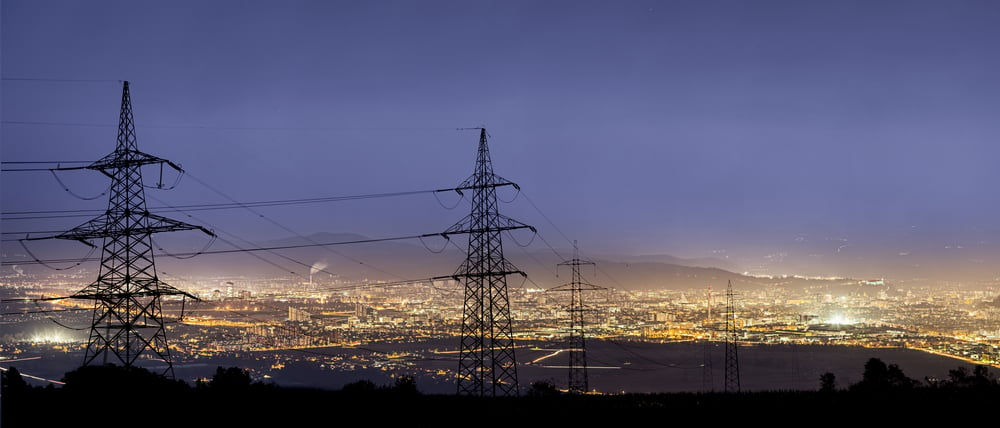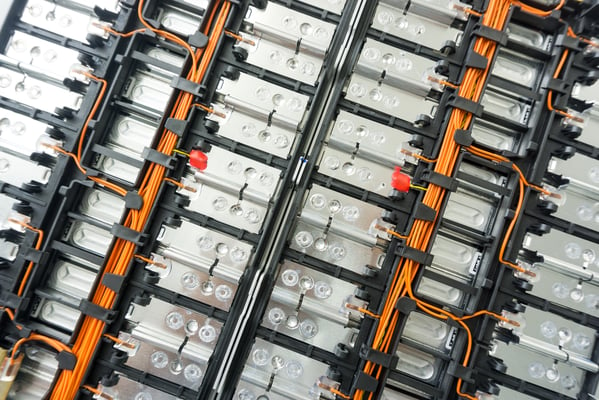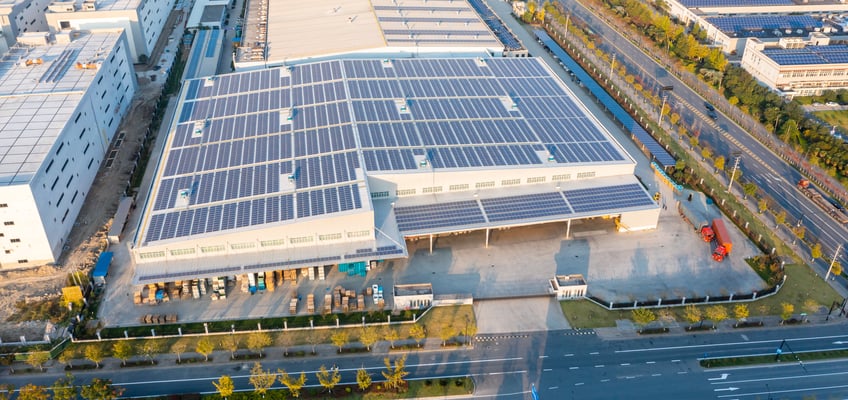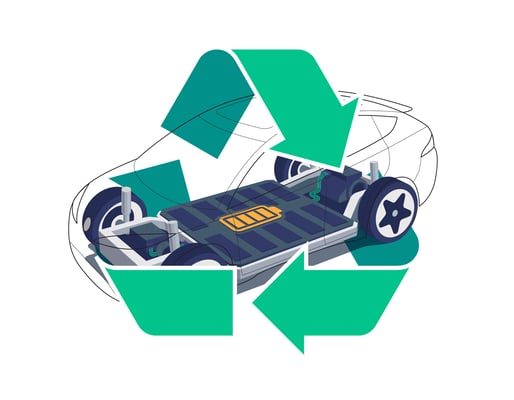
There is an increasing demand for balancing power
The way we produce and consume electricity is continuing to change as we gradually transition into more environmentally friendly ways of living. In spite of recent setbacks, strides are regularly made to increase the amount of renewable energy sources contributing to the power grid, while reducing our reliance on fossil fuels. Alongside this move towards green energy, the last decade has also seen major strides in the adoption of electric vehicles to replace vehicles running on fossil fuels.
These changes are absolutely necessary to fight climate change, but they bring with them new challenges that we must solve in order to maintain our standard of living, and continue our growth. One of these challenges is the increasing demand for balancing power in the grid, to make up for the shortcomings of renewable energy sources.
The challenges of renewable energy
While the advantages certainly outweigh the challenges, renewable energy sources are highly dependent on weather conditions to produce power at optimal levels. Even hydroelectric power plants, which are considered to be on the more reliable end of the spectrum, are dependent on sufficient amounts of downpour throughout the year for a balanced output. In the warmer parts of the world, they are also threatened by droughts.
Curtailment
Renewable energy also does not have the option of curtailment, meaning that the amount of power produced can’t be balanced against the current demand, and the excess power produced is wasted. This is very unfortunate during periods of peak production, such as a particularly windy week.
These issues increase the challenge of maintaining balance in the power grid. The greater the percentage of energy production we get from renewable sources, the greater the challenge becomes. The need for solutions that can alleviate issues with balancing power and reliability, while remaining environmentally friendly is clear. And the responsibility for finding, and deploying these solutions rest equally on the public and private sectors. Diversifying with different types of renewable sources to complement one another is helpful, but doesn’t solve the issue of wasted energy production.
You can contribute to balancing the power grid
Take a moment to consider the amount of power used by every private residence and office building every day. With the majority of the population working between specific hours of the day, there are natural peaks of power demand that form throughout the day as coffee makers and laundry machines are switched on. These peaks are nothing new, but when you add electric vehicle charging to the mix throughout the entire day, the peaks become that much steeper, and the overall patterns of power consumption change.
Shaving peaks and saving power
One of the best solutions available today is battery energy storage solutions (BESS). When applied before the meter, batteries are highly effective for balancing power in the grid by storing energy when production exceeds demand, and supplying energy whenever demand exceeds production. With enough batteries installed in the grid, energy from renewable sources will no longer be wasted due to lack of curtailment. Renewable energy combined with BESS makes for a much more stable and reliable source of power.
Private businesses and residences can make their own contributions to solving the challenges of balancing power, while also getting something in return. When battery energy management systems are applied behind the meter in private businesses or residences, power can be stored when prices are low, and expended when prices increase during peak hours. This is called peak-shaving, and will significantly reduce the size of energy bills long term.
Read more: Why do we need BESS for peak shaving behind the meter?
BESS makes the renewable future attainable
We firmly believe that BESS will be an integral part of power grids the world over, as we transition more and more towards renewable energy to save the planet. By making environmentally friendly alternatives for power production more feasible, we can make this transition quicker and smoother, and make it easier for us to achieve our shared goals to reduce carbon emissions and global warming.




